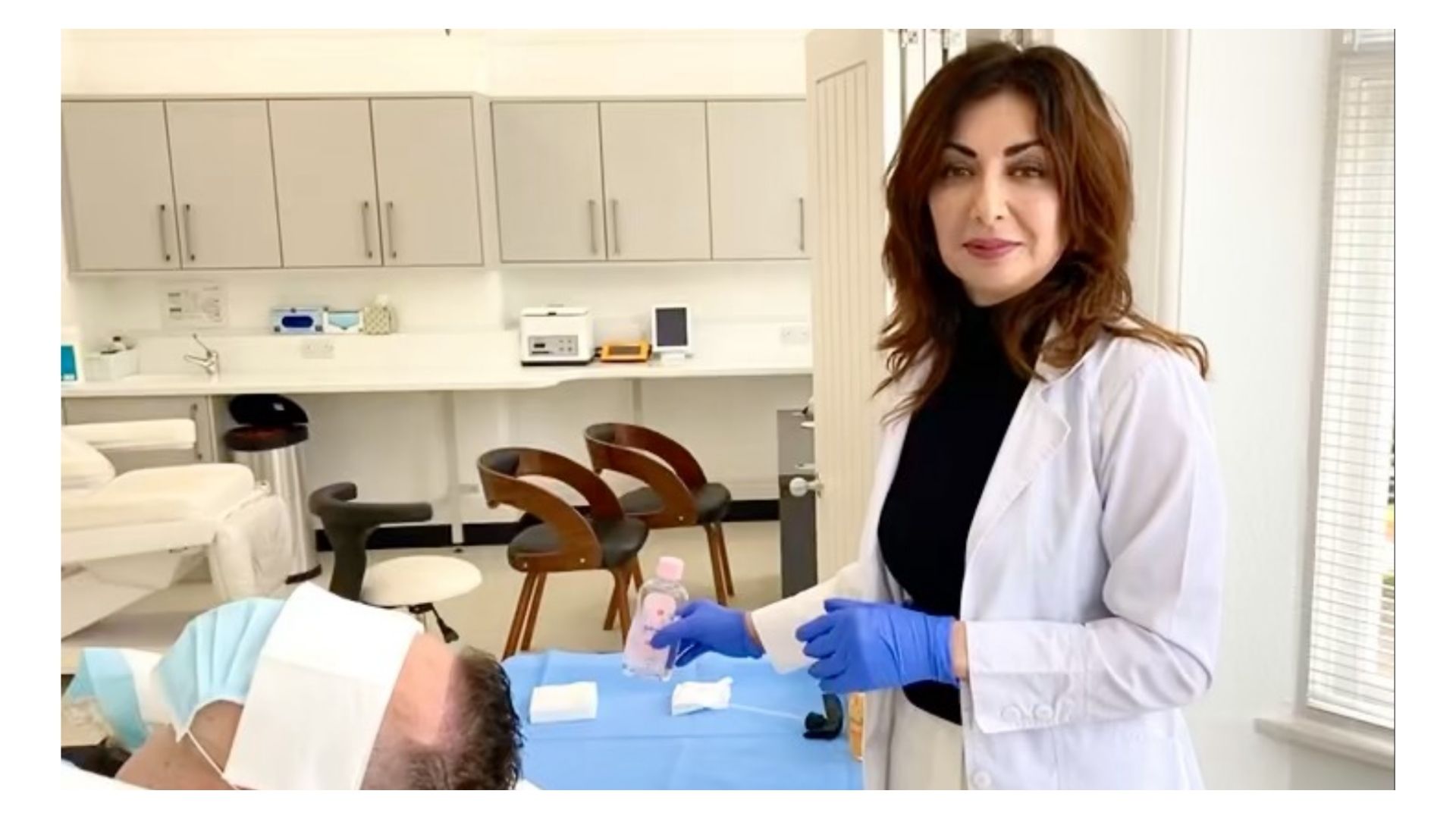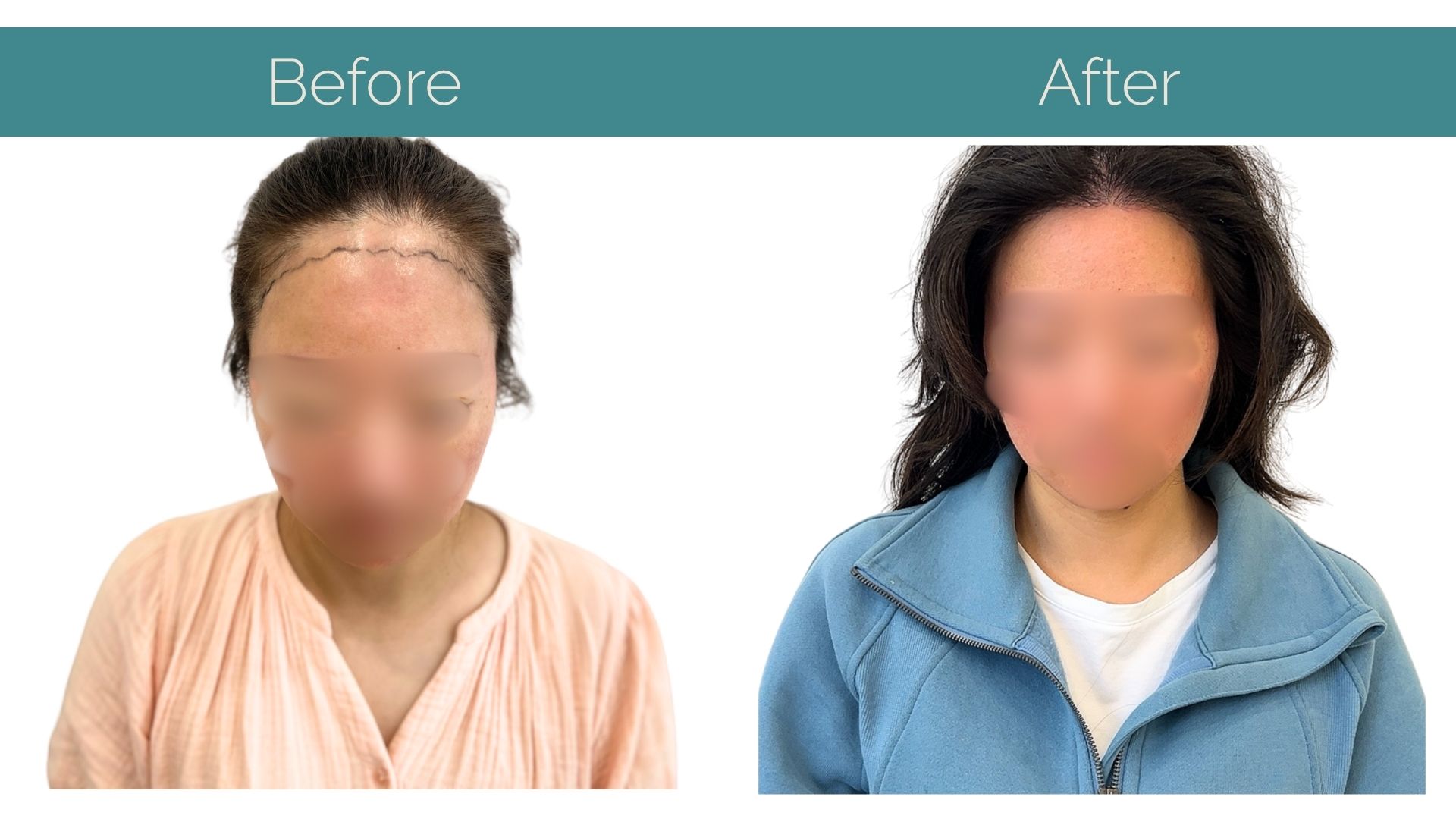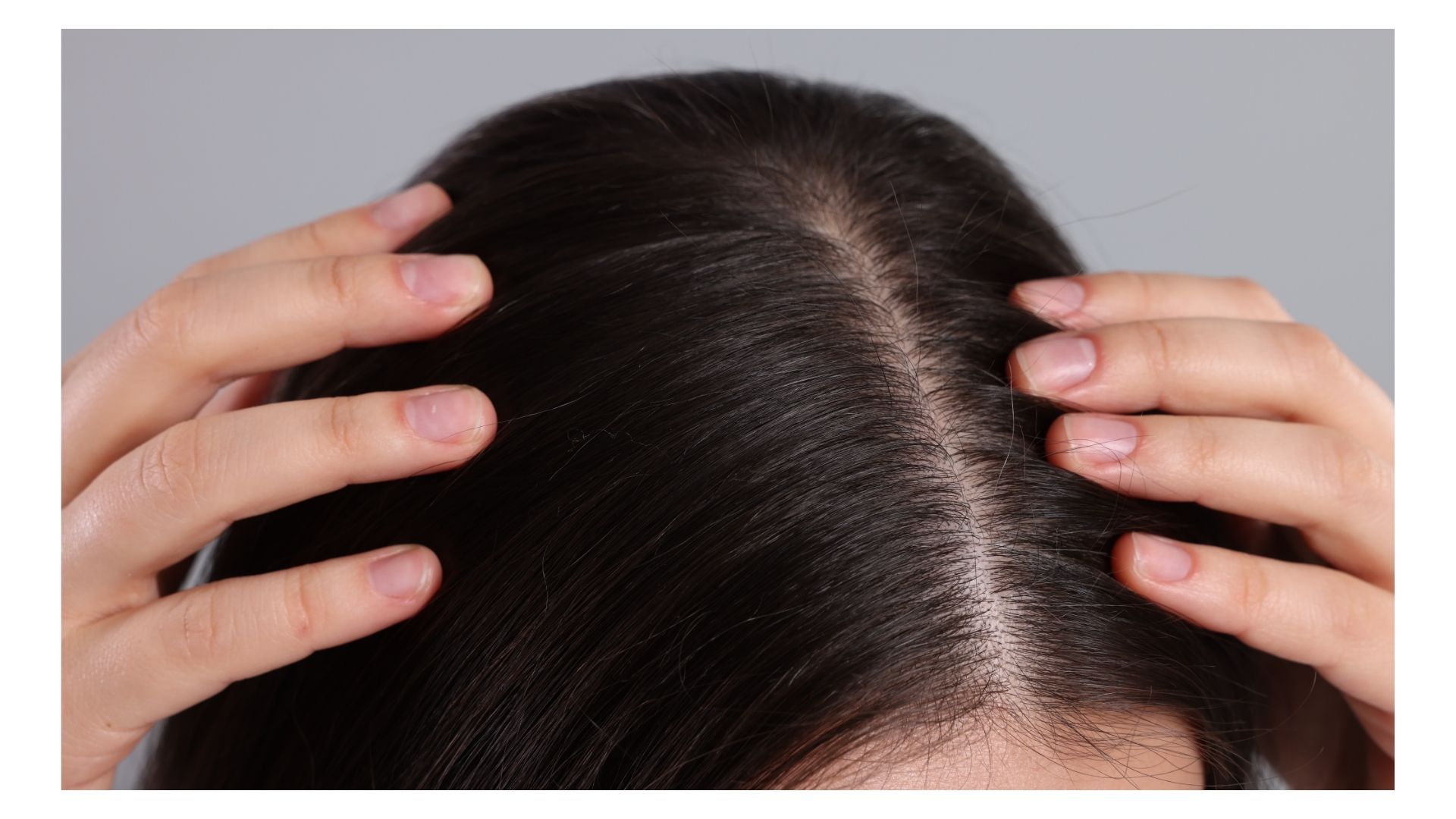Yet the internet is awash with mixed messages that can make even the most determined person hesitate. To cut through the noise, IK Clinics – known for precision techniques and hands-on aftercare – has laid out clear answers to the questions patients ask most.
Here’s your no-nonsense guide to what really matters before, during and after a transplant.
Do you need to shave your head?
Short answer: no.
IK Clinics offers U-FUE (Undetectable Follicular Unit Extraction), an advanced approach designed to keep procedures discreet. Unlike traditional methods that may require shaving, U-FUE allows surgeons to extract and place follicles without a visible haircut.
For professionals, public-facing clients and anyone who values privacy, this can be the difference between quietly getting on with life and fielding awkward questions.
It’s a technically demanding technique – performed by a limited number of highly skilled surgeons – and it’s one of the features that sets IK Clinics apart.
Can you use someone else’s hair?
This one surfaces often, and the reality is straightforward: transplants must use your own follicles.
During surgery, healthy grafts – typically harvested from the back or sides of your scalp – are relocated to areas of thinning or loss. Your body would treat another person’s follicles as foreign tissue, leading to rejection.
The good news? With careful planning, even those with modest donor areas can see natural-looking improvements when grafts are placed strategically and density is built gradually.
When can you wash your hair?
Aftercare is where good results become great. IK Clinics advises a gentle start: for the first three days, a saline spray keeps the grafts hydrated and the scalp calm. From day four, patients move to a mild shampoo, following a step-by-step routine provided by the clinic.
The key is not to rush. Early overhandling can stress new grafts; a measured approach supports healing and sets the foundation for robust growth.
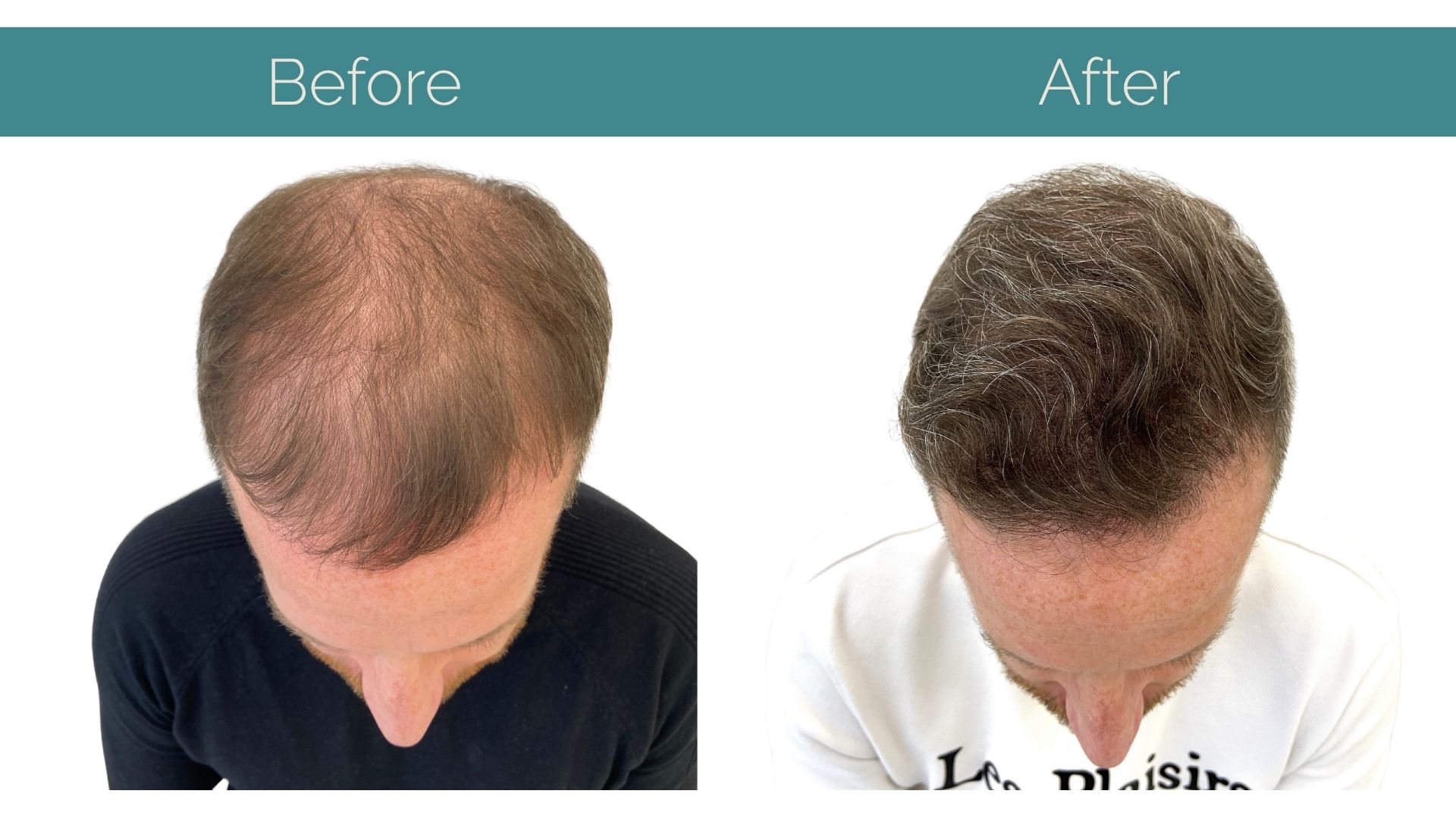
When’s the first post-op haircut?
Most patients can resume trims 7–10 days after an FUE procedure – though with caveats.
For the first month, scissors only on the top is the safe bet, avoiding any tug or pressure on transplanted areas. On the back and sides, clippers or scissors are usually fine after the first week.
It’s a small dose of patience that protects a long-term investment in your hairline.
Myths, busted
“It’s only for men.” – Not anymore. While male pattern baldness remains a common reason to seek treatment, women increasingly turn to transplants to address diffuse thinning or patchy loss linked to hormones, genetics or specific medical factors.
Planning is tailored to hair calibre, density and styling preferences – regardless of gender.
“Results are instant.” – Transplants follow biology’s calendar, not social media’s. It’s normal for newly transplanted hairs to shed in the first few weeks – this is a well-known phase called “shock shedding.”
Fresh growth typically begins around months three to four, then matures and thickens between months 6 and 12, with final refinements up to 18 months. Expect progress, not overnight perfection.
“It’s painful.” – Modern FUE techniques are minimally invasive. With local anaesthesia and refined instrumentation, most patients report only mild discomfort during the procedure and manageable tenderness afterwards.
Thoughtful pain management and clear aftercare instructions keep recovery on track.
What makes IK Clinics different?
Two words: innovation and follow-through.
From consultation to aftercare, IK Clinics emphasises realistic planning, meticulous graft placement and steady support after the procedure. The availability of U-FUE offers an extra layer of discretion for those who need it, but the ethos runs deeper than a single technique.
Treatment plans are personalised – matching goals to donor availability, hair characteristics and lifestyle. Post-operative guidance is equally detailed, covering everything from washing and sleeping positions to timelines for exercise, styling and travel.
The clinic’s approach also recognises the psychology behind hair restoration. A predictable pathway – anchored by clear milestones and honest expectations – helps patients feel in control of their journey.
It’s not just about moving follicles; it’s about restoring confidence with respect for the realities of growth cycles and daily life.
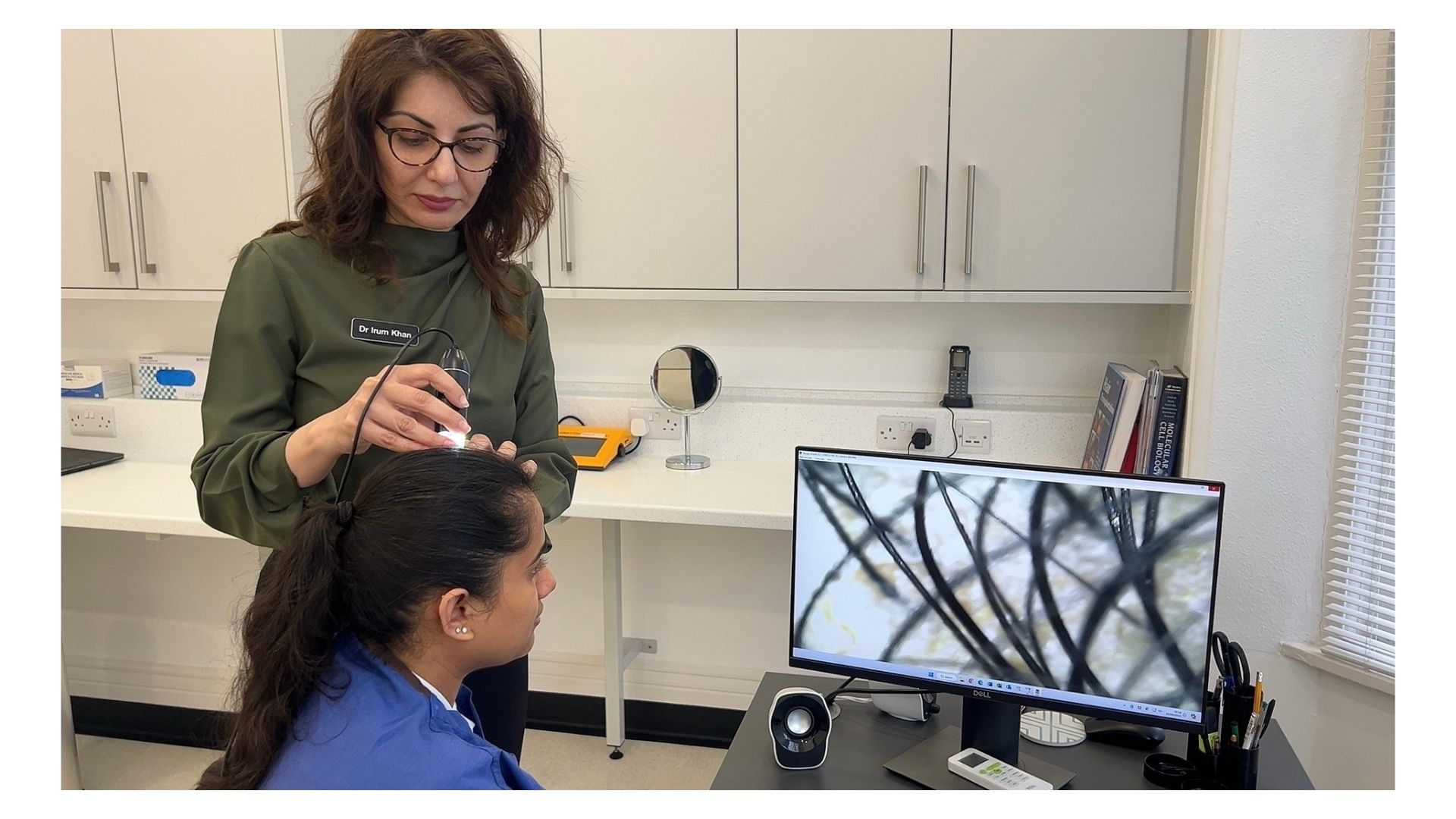
How to think about outcomes
It helps to picture the result as a blend of artistry and restraint. The best work often goes unnoticed by everyone except you. Natural hairlines, age-appropriate density and strategic coverage tend to age better than aggressive packing or overly low hairlines that look out of place in five years.
IK Clinics leans into this long-view philosophy, planning with future hair in mind and ensuring that today’s choices won’t limit tomorrow’s options.
Practical pointers before you book
- Bring your goals – and photos. Reference images help align your vision with what’s feasible based on your donor area and hair type.
- Ask about technique fit. U-FUE may be ideal if discretion is paramount; standard FUE may suit others perfectly. The right choice is the one matched to your situation.
- Clarify aftercare. Know your first month plan: washing, work, gym, sun exposure and haircuts. Success loves structure.
- Think beyond day one. Hair restoration is a year-long story. Choose a clinic that will stay with you for the whole chapter, not just the opening page.
The bottom line
A hair transplant can be life-enhancing – but only when grounded in facts, realistic expectations and careful technique. IK Clinics’ answers to the most-asked questions make one thing clear: discreet options exist, aftercare is decisive, and patience pays dividends as transplanted hairs settle into their new home.
If you’re weighing up your next step, a thorough consultation – focused on your goals, your donor landscape and your lifestyle – is the best place to start. With expertise, innovation and a patient-first approach, IK Clinics aims to make the journey as seamless as the results.
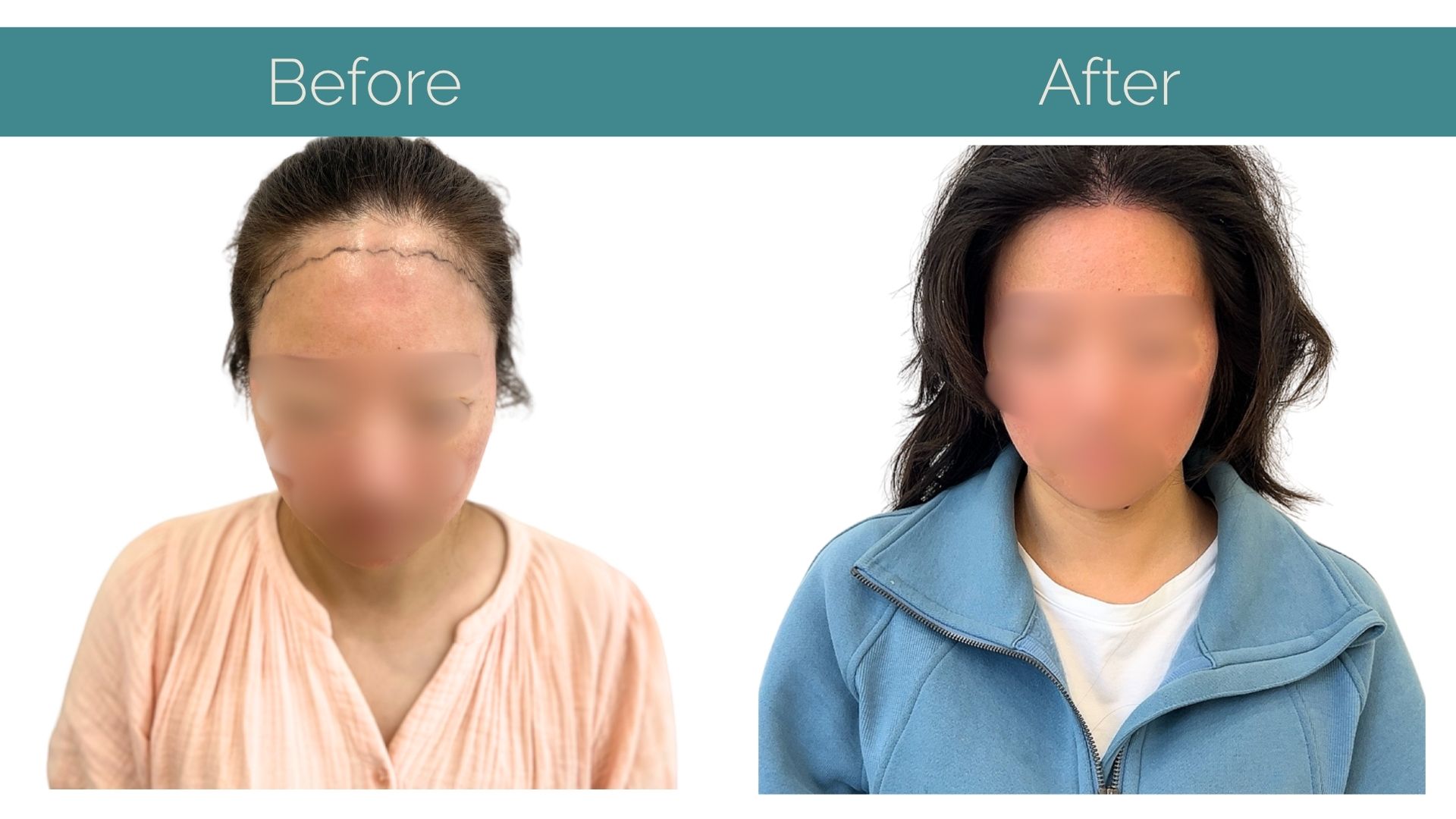
About IK Clinics
We don’t just specialise in FUE, we also offer other hair restoration treatments, such as Stem Cell Therapy and Plasma Therapy (PRP). Additionally, we also provide a range of anti-aging treatments to help you achieve that ‘I feel good’ feeling.
Get in touch to find out more and book your consultation.
